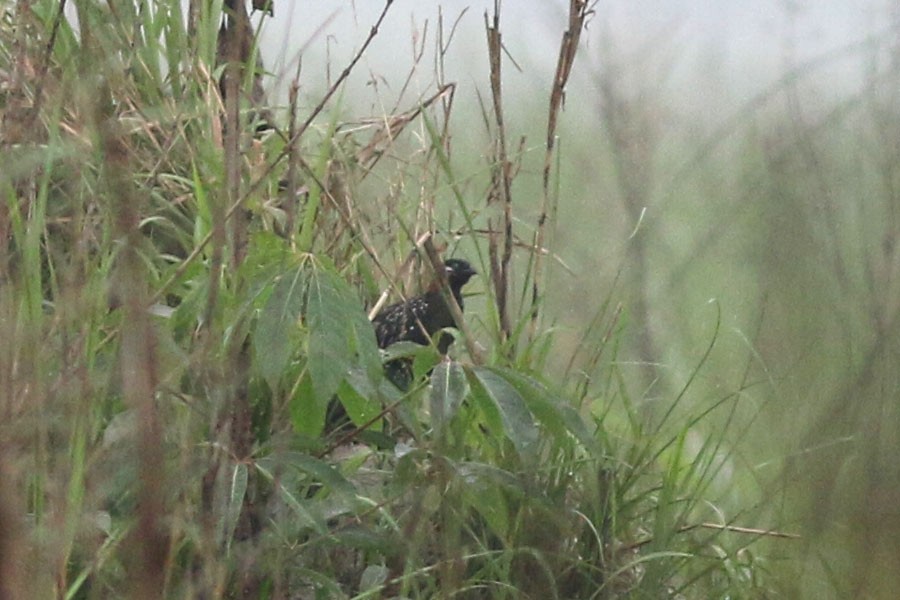Black Francolin
A species of True Francolins Scientific name : Francolinus francolinus Genus : True Francolins
Black Francolin, A species of True Francolins
Botanical name: Francolinus francolinus
Genus: True Francolins
Content
Description General Info
 Photo By Rofikul Islam
Photo By Rofikul Islam Description
The black francolin (Francolinus francolinus) is a gamebird in the pheasant family Phasianidae of the order Galliformes, gallinaceous birds. It was formerly known as the Black Partridge. It is the state bird of Haryana state, India (locally known as Kaala Teetar काला तीतर). 
Size
23 - 41 cm
Life Expectancy
7 years
Nest Placement
Ground
Feeding Habits
Black Francolin is an omnivore, feeding on a mixture of plants and animals including seeds, insects, grains, and berries. It forages on the ground, with a diet varying from buds, flowers, and leaves to small amphibians and reptiles. Black Francolin has a preference for weed seeds and cultivated grains.
Habitat
Black Francolin's primary habitats include dense shrubbery, grasslands, and forest edges, often near water bodies. They adapt to a variety of vegetated landscapes such as tamarisk groves, tall grasses, agricultural regions with crops, and even bamboo and tea plantations. Although preferring irrigated and lower elevation areas, black Francolin can be found across diverse habitats from alluvial riverbanks and coastal prairies to Mediterranean scrub and tropical agricultural fields, up to 2,500 meters in altitude.
Dite type
Omnivorous
General Info
Feeding Habits
Bird food type
Distribution Area
It is a resident breeder from south-eastern Turkey eastwards through Iran to southwest Turkmenistan and northeast India, and Kazipara, Panchagarh of Bangladesh. Its range was formerly more extensive, but over-hunting has reduced its distribution and numbers. Fragmented populations occur in the western part of its range. They have been introduced to the Caucasus, Guam, and Hawaiian Islands. 

 Photo By Rofikul Islam
Photo By Rofikul Islam